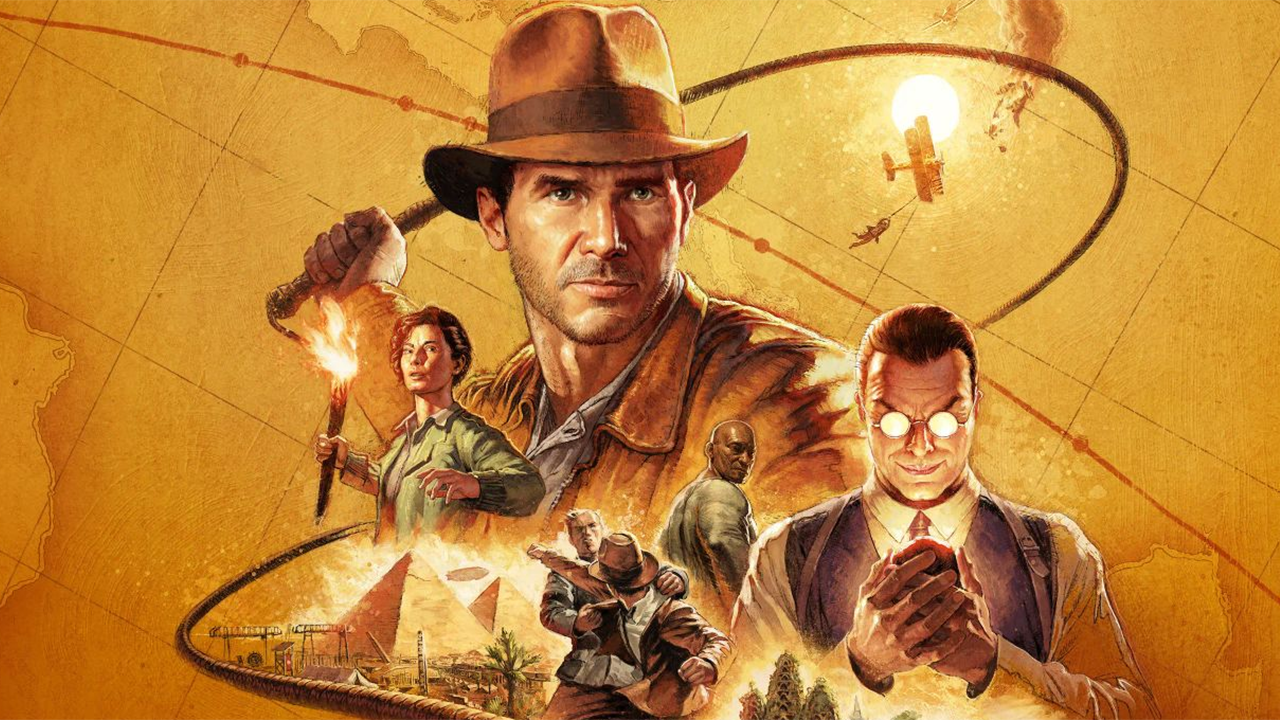Gamescom 2024’s Opening Night Live was a lacklustre event – but one announcement changed everythiong. As the event moved into its final few minutes, new footage of the extremely promising Indiana Jones and the Great Circle was shown, with an announcement that the game arrives in December, followed by a PlayStation 5 launch in Spring 2025. It signals a clear intent from Microsoft for Xbox to embrace a multi-platform future – and the response was mixed, to say the least. Change is always accompanied by uncertainty, but the Xbox strategy is coming into focus now and I think the choices are sound. However, questions surround the role of the Xbox itself – as a console – as the firm moves ever closer to full multi-platform publishing.
This change is driven by necessity and the reality of games development and publishing. On a general level, all of the major platform holders are grappling with the stark reality that the overall console audience has plateaued and in terms of the number of actual players, not much has changed since the Xbox 360/PlayStation 3 generation. Meanwhile, the cost of making games has ballooned massively, with triple-A titles often requiring blockbuster movie-level budgets. From the cost of the Xbox Live subscription, through season passes, micro-transactions and Game Pass/PlayStation Plus, the industry has been able to increase revenues from those same players – but the cost of doing business continues to rise regardless.
This is one reason why Microsoft expanded the Xbox platform to encompass PC (a logical progression bearing in mind its Windows stewardship), while Sony has blurred the lines with first-party exclusivity with PlayStation titles, where – again – PC is seen as a lucrative growth prospect. Both firms are also invested to varying degrees with cloud gaming. Microsoft is taking things further though: the Indiana Jones PS5 announcement signals that Xbox games now operate on a timed window of exclusivity. Messaging from Phil Spencer suggests that more games will arrive on more platforms and I wouldn’t be surprised if that’s all of them in due course.
0:00:00 Introduction0:00:58 News 01: Indiana Jones headed to PS50:19:53 News 02: Hands-on with STALKER 20:31:31 News 03: FF16 demo tested on PC!0:47:13 News 04: Black State impresses0:57:50 News 05: Gamescom Opening Night Live highlights1:06:45 News 06: Nvidia’s Gamescom announcements1:19:14 Supporter Q1: Is disabling RT depending on the scene a good idea?1:27:47 Supporter Q2: Is Series S preventing a Black Myth: Wukong release on Xbox?1:34:33 Supporter Q3: Why did Wukong on PS5 use FSR and not TSR?1:38:35 Supporter Q4: Could improved Wukong performance be a good selling point for PS5 Pro?1:45:06 Supporter Q5: How will Microsoft differentiate the next Xbox?1:52:21 Supporter Q6: Did Microsoft and Sony focus on the wrong features with PS5 and Xbox Series?2:01:18 Supporter Q7: Is 12GB enough VRAM for graphics cards this generation?
It all makes sense. Microsoft’s acquisition strategy has effectively made it a de facto multi-platform publisher – possibly the biggest in the world. A game like Minecraft could never become an Xbox-exclusive. The sheer scale of Activision Blizzard King, not to mention the budgets behind Call of Duty, makes Xbox exclusivity for those games a non-starter. Bethesda? The question is the extent to which Starfield’s Xbox exclusivity enhanced the Xbox brand or diminished the return on what would have been a huge investment. Either way, from my perspective at least, taking a multi-platform publisher like Bethesda and enforcing exclusivity doesn’t quite feel right. Maybe Xbox management feels the same, as Phil Spencer often talks about getting games played by as many people as possible, no matter what systems they own.
